The past few months in Beijing, aside from my dissertation research, has been fairly productive in terms of my tea studies. Maliandao is a valuable resource for those adventurous enough to go and seek out the teas. Although I have been told by some that only lower end puerh exists in Maliandao, I don’t find that to be true — it just takes some effort to locate the stores with nice puerh. As for other types of tea, while Maliandao is woefully inadequate in roasted tieguanyin and roasted dancongs, it has a reasonable selection of Wuyi teas and more qingxiang tieguanyin than you’d care to drink. There are also an amazing array of green tea, which I almost never touched. The presence of a lot of government officials, important businesses, and simply a lot of people has made sure that the supply of tea is varied and good.
I have probably tasted at least 150 teas on all the trips I’ve taken to Maliandao and other tea gatherings. I have made a bunch of purchases, usually in the form of one or two cakes at a time, that seem to suit my fancy. Some are supposed “big tree” teas, others are teas that seem to be genuine big tree or high quality puerh, and then there are the oddballs, the ones that I bought more out of curiosity than anything else. All these, of course, present a wonderful opportunity for learning about the nuances of all the teas that are available, and to use as reference points for separating the good from the bad.
I have learned a few things so far. I think I have finally started divorcing myself from getting too attached to particular flavours in a tea, especially when looking for puerh for aging. Instead, the important point is to go for the “mouthfeel” of the tea, and how it literally feels while swirling in the mouth. This also includes how your mouth feels after the tea is swallowed, as that also yields important clues as to the quality of the tea. Flavours are, in short, a smokescreen. It’s not that they are not important. If a puerh is sour… something’s not quite right. If it’s extremely bitter and does not turn into a sort of “huigan”, something’s not quite right, but to get too carried away by individual aromas is, I think, missing the point, because the aromas will change very quickly. A fresh puerh that has a certain aroma will most likely lose that within the first 5 years, or at least, it will be changed enough so you no longer recognize it as the same thing.
That, of course, is only if you’re looking for teas that are for storage. If you are looking for a puerh that is for immediate consumption, whether raw or cooked, then any of the above-mentioned things really don’t matter. As long as you like it, and as long as the price is right, then anything else does not matter at all.
But what about other teas?
I can only talk about the ones that I’ve tasted a lot recently, namely Wuyi mountain “rock tea”. There is a whole spectrum of these teas, ranging from basically no roasting to heavily roasted teas. Here, again, it depends on individual taste, first and foremost. I personally find that roasted teas will generally last longer in infusions, and have a depth and character that cannot be matched by the lightly roasted ones. Of course, the light roasted teas will have an initially alluring aroma that is unparalleled, but that is really up to individual taste.
I think when it comes down to it, buying tea that suits your taste is simply the most important thing. If somebody tells you that dry stored puerh is good, but after comparing dry and wet stored tea, you decide that you like the sweetness and smoothness of wet stored puerh… then what’s wrong with that? Go buy it, and consider yourself lucky because wet stored teas are cheaper. Similarly, if you like that $10/lb tieguanyin over the $100/lb one…. go for it!
The danger in all this, I think, is imperfect information and a “mob effect”. It is more pronunced for puerh than other teas, and certainly more obvious here in China, where information regarding tea travels faster. Those in North America or Europe are quite insulated by this as there is a real information barrier, and whatever is the current fad in China often takes a long time before it gets translated over. For example, current guesses is that teas from the Mengku Rongsi factory will be the next candidate for speculation — its prices are likely to rise in the coming year. It has already begun, with the heavy promotion of their early 2001 tea, the Yuanyexiang bing. There are also a number of merchants recently who have been touting the Mengku Rongsi made Big Snow Mountain wild tea brick (made for Ruirong trading company), and when I went to the Ruirong store yesterday to taste stuff, I asked if that brick were available as well. In one of the few useful pieces of information she gave me, she said lots of people have been asking about this brick lately, whereas half a year ago, nobody even knew about this thing. BBB and I tasted it when he was here, and honestly… it’s not any greater than any of the other Mengku stuff. I will be surprised, however, if the price of this brick does not skyrocket in the next two years.
So it is both a blessing and a curse when information travels imperfectly and slowly. On the one hand, valuable information regarding various teas are difficult to obtain in English (not to mention any other foreign language), but at the same time, it also filters out much of the rather commercially motivated “information” available as well. The key, I think, is still to try as much as you can and take everything everybody says (including this very blog) critically. In the past few years we’ve seen a few things being speculated on with skyrocketing prices. Some Menghai factory stuff (new ones) are literally “one price a day”, as if there’s hyperinflation going on. Changtai group teas have, over the past few years, appreciated in value significantly. Xiaguan is also undergoing the same process, according to people on Sanzui, and I think I am seeing a similar maneuveur beginning for Mengku. When all is said and done, however, it isn’t about who made the tea, but the tea itself. There are reports of people buying fake Menghai stuff, but ended up laughing when they took it home, because when they tried it against the real one at home… the fake was better. That’s probably not common, but it’s not inconceivable either. The point is, of course, that a lot of people are simply buying teas per recommendation of “experts” who peddle various things, but as all experts in all agricultural products are… in order to have something to write every week (or month, or season, or year) you end up recommending a lot of teas that may or may not generate the buzz necessary for a huge increase in demand and price. In a market as young and uninformed as puerh (9 out of 10 people who drink puerh have probably started within the last year or two) there is a lot of demand for information, but it is also in this kind of atmosphere where manipulation of various channels (whether they are virtual places like Sanzui, tea fairs, or various publications) can easily create the appearance that something is in hot demand. As recent studies have shown… human beings put a lot of faith in what others are doing when it comes to purchases, and are easily influenced by that sort of information.
This is not to say never buy anything Menghai (or anybody else). This just means that when buying a tea… it is important to evaluate it simply on its own terms, and not on whether or not it says “Banzhang” on the label or whether or not others are also buying it in droves. It is, of course, not easy for those far away from any real life puerh vendors to try things out, but by studying the cakes, looking at the way it is pressed, the wet leaves, the tastes, the feeling of drinking it, the liquor…… and trying a wide variety of teas is an important place to start. It’s also what makes this so much fun.

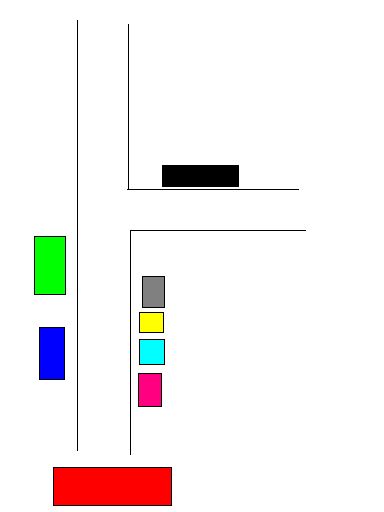
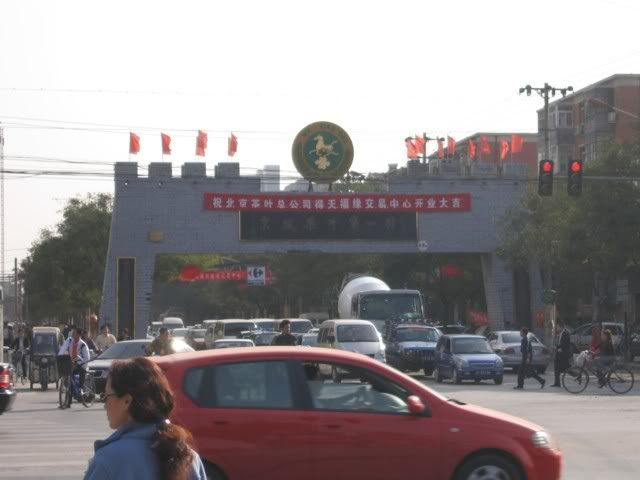

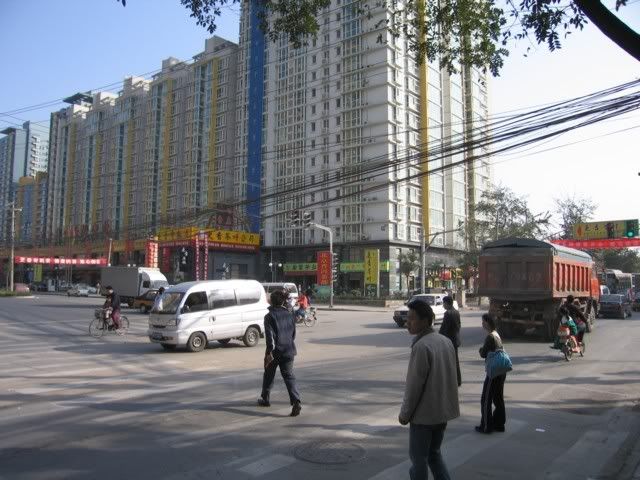
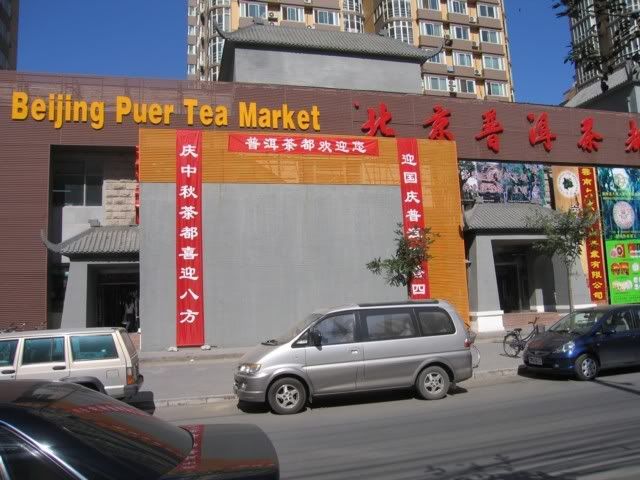
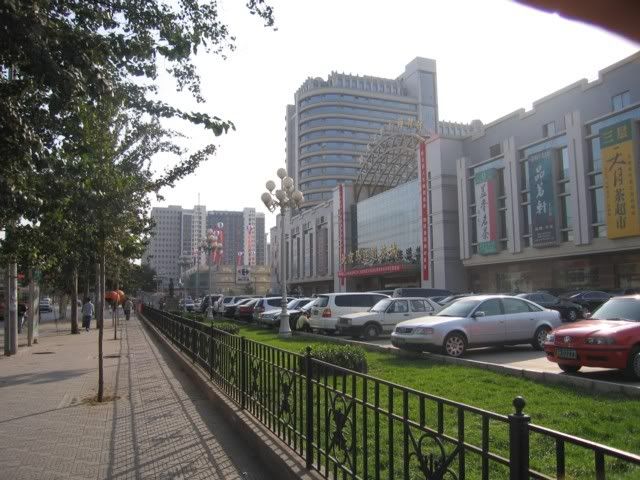
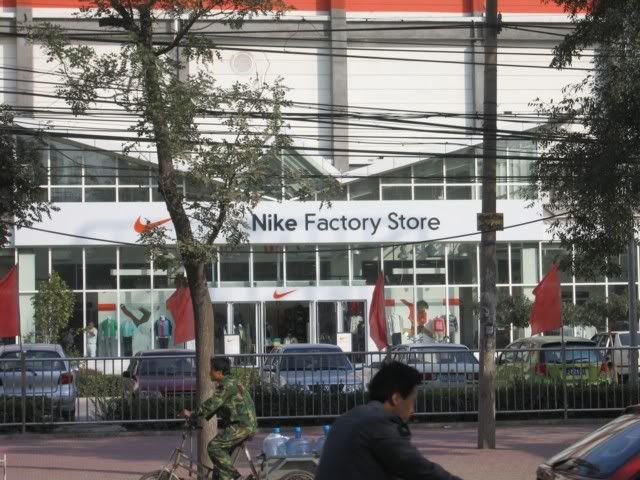
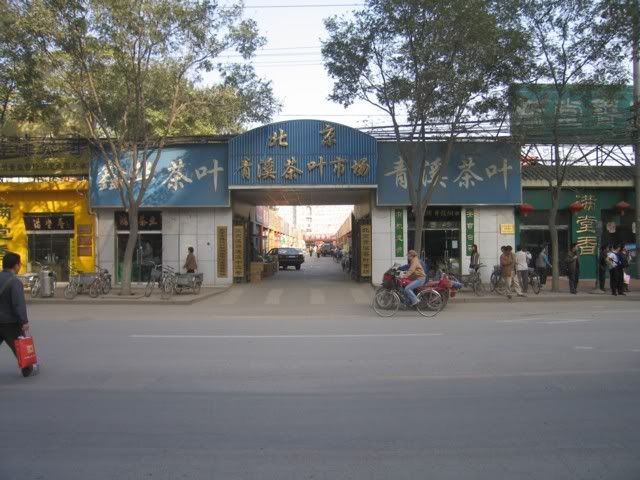
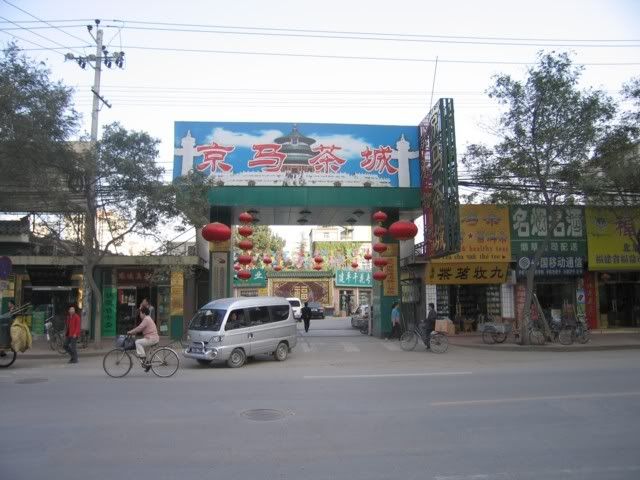

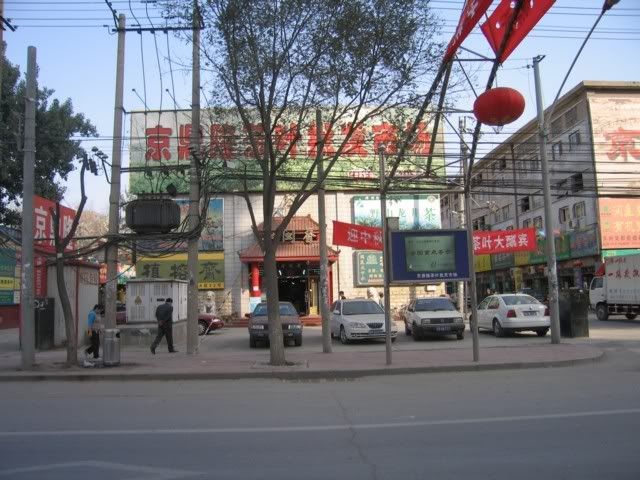

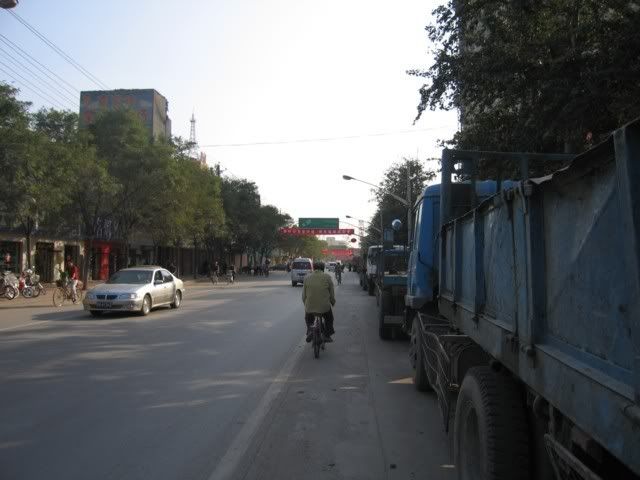

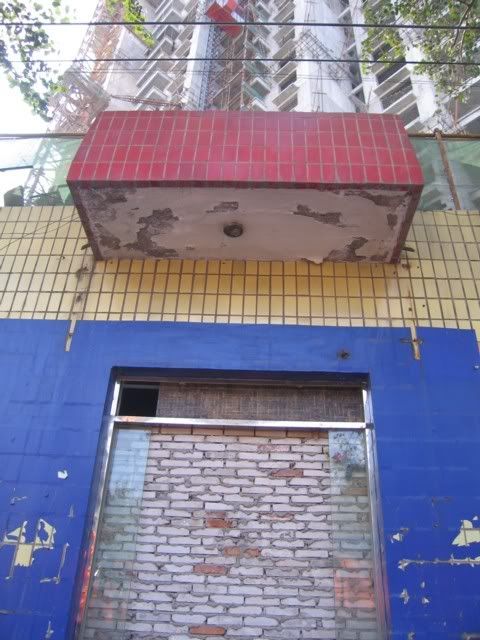
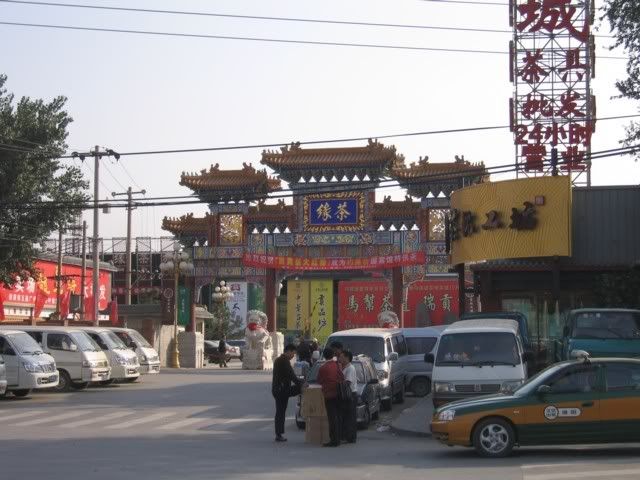
 RSS - Posts
RSS - Posts
Interesting.... would 250C in my oven work?